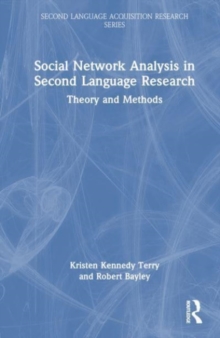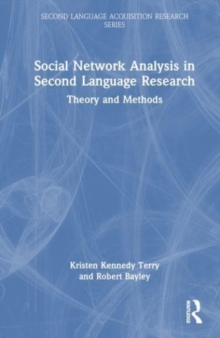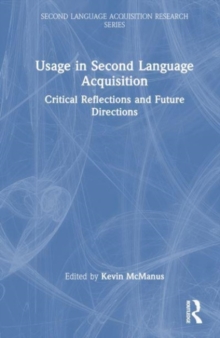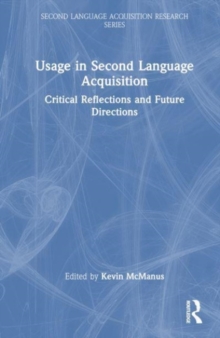
A Guide to Doing Statistics in Second Language Research Using SPSS and R PDF
by Jenifer (Fukuoka JoGakuin University, Japan) Larson-Hall
Part of the Second Language Acquisition Research Series series
Description
A Guide to Doing Statistics in Second Language Research Using SPSS and R, Second Edition is the only text available that demonstrates how to use SPSS and R as specifically related to applied linguistics and SLA research.
This new edition is up-to-date with the most recent version of the SPSS software and now also includes coverage of R, a software program increasingly used by researchers in this field.
Supported by a number of pedagogical features, including tip boxes and practice activities, and a wealth of screenshots, this book takes readers through each step of performing and understanding statistical research, covering the most commonly used tests in second language research, including t-tests, correlation, and ANOVA.
A robust accompanying website covers additional tests of interest to students and researchers, taking them step-by-step through carrying out these tests themselves.
In this comprehensive and hands-on volume, Jenifer Larson-Hall equips readers with a thorough understanding and the practical skills necessary to conducting and interpreting statisical research effectively using SPSS and R, ideal for graduate students and researchers in SLA, social sciences, and applied lingustics. For more information and materials, please visit www.routledge.com/cw/larson-hall.
Information
-
Download - Immediately Available
- Format:PDF
- Pages:528 pages, 81 Tables, black and white; 200 Illustrations, black and white
- Publisher:Taylor & Francis Ltd
- Publication Date:24/07/2015
- Category:
- ISBN:9781317688129
Information
-
Download - Immediately Available
- Format:PDF
- Pages:528 pages, 81 Tables, black and white; 200 Illustrations, black and white
- Publisher:Taylor & Francis Ltd
- Publication Date:24/07/2015
- Category:
- ISBN:9781317688129










